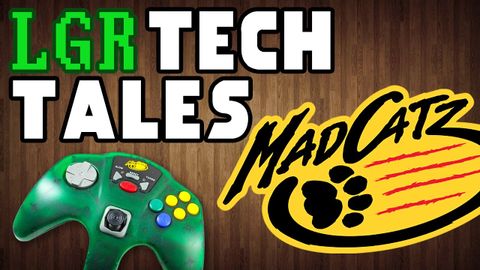
Subtitles & vocabulary
The Life & Death of Mad Catz [LGR Tech Tales]
00
林宜悉 posted on 2020/03/21Save
Video vocabulary
episode
US /ˈɛpɪˌsod/
・
UK /'epɪsəʊd/
- Noun
- One separate event in a series of events
- Show which is part of a larger story
B1TOEIC
More acquire
US /əˈkwaɪr/
・
UK /ə'kwaɪə(r)/
- Transitive Verb
- To get or earn something by thinking or working
- To develop or learn a skill, habit, or quality.
A2TOEIC
More category
US /ˈkætɪˌɡɔri, -ˌɡori/
・
UK /ˈkætəgəri/
- Noun
- Groups of things that are similar in some way
B1
More brand
US /brænd/
・
UK /brænd/
- Noun
- A mark burned on an animal to show who owns it
- Product made or designed by a named company
- Transitive Verb
- To burn a mark on an animal to show who owns it
- To describe someone as a liar, coward, etc.
A2TOEIC
More Use Energy
Unlock All Vocabulary
Unlock pronunciation, explanations, and filters
